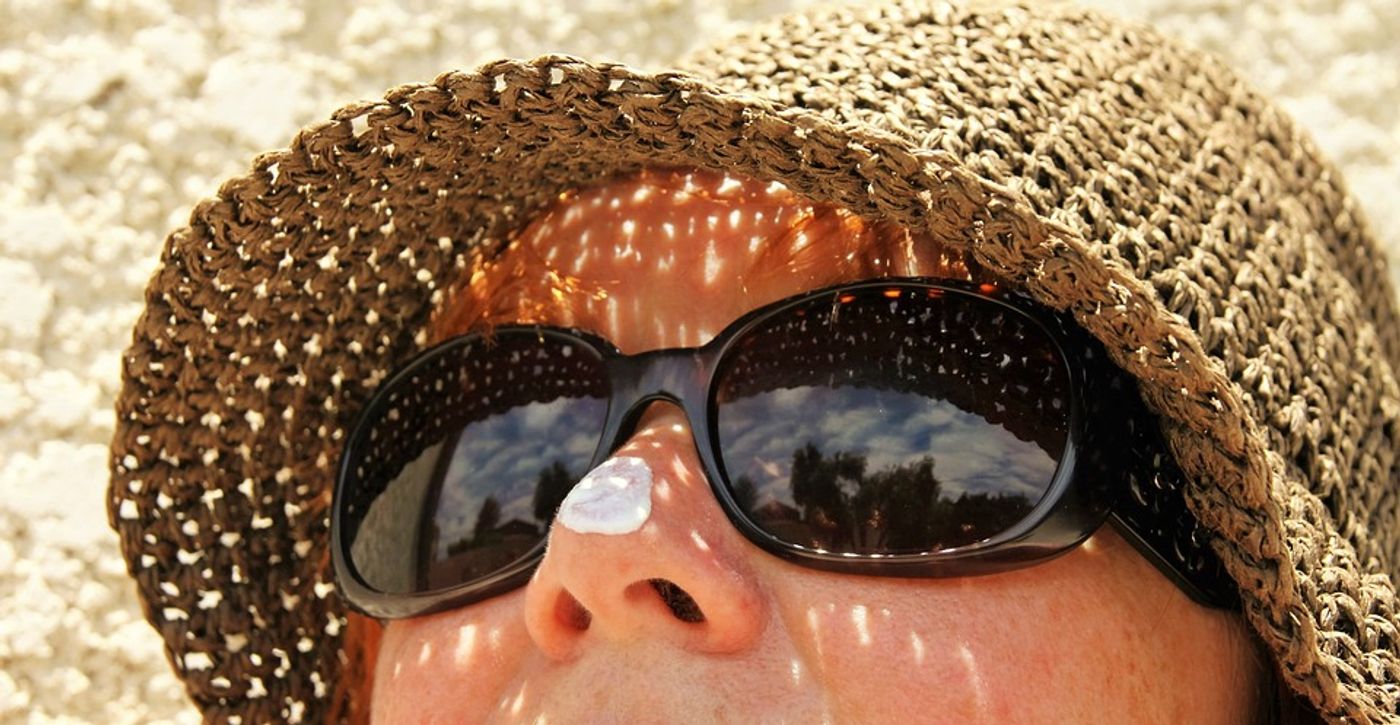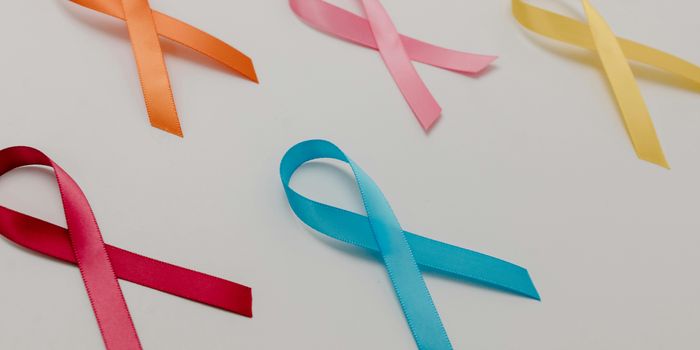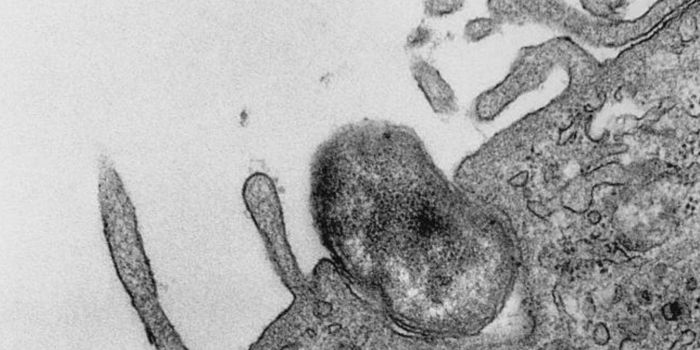Declining death rates for melanoma
Fewer people are dying from melanoma in the United States, suggests new research from the Perlmutter Cancer Center at NYU Grossman School of Medicine and Harvard University. This last year showed the largest yearly decline in deaths ever recorded, likely due to improvements in treatment, not better screening, say the authors. The report was published online today in the American Journal of Public Health.
Melanoma is one of the most common forms of cancer in the United States. Every year, approximately 100,000 new cases are diagnosed. The cancer is particularly difficult to treat because traditional therapies like chemotherapy are not very effective. But progress in available treatments have enhanced effectiveness by a) targeting the BRAF gene, and b) utilizing immune checkpoint inhibitors.
"Our findings show how quickly patients and physicians accepted these new drugs because they profoundly reduce deaths from melanoma," says co-senior study author David Polsky, MD, PhD. "These therapies are now considered the backbone of how we treat this cancer," says Polsky, the Alfred W. Kopf, M.D. Professor of Dermatologic Oncology at NYU Langone Health.
White Americans are the group that makes up almost all cases of melanoma in the country. According to the researchers, the death rate among this group dropped almost 18% from 2013-2016, a drastic turn-around from the previously climbing rate since the mid-eighties.
To gather information, the investigators analyzed data from almost a million people collected by the National Cancer Institute and the Centers for Disease Control and Prevention. The data accounted for new cases and deaths from melanoma from 1986-2016. One factor that Polsky points out that was lacking in their studies was socioeconomic influence. He says that future studies should take this factor into consideration.
Although their findings suggest that declines in death rates are due to these advances in treatment methods, not better screening, the authors say that early screening is still essential, as is prevention. Fairer-skinned individuals who are most affected by the cancer should take precautions to avoid excessive UV light exposure and keep their medical providers up to date regarding any abnormal change in their skin.
Sources: American Journal of Public Health, Eureka Alert









